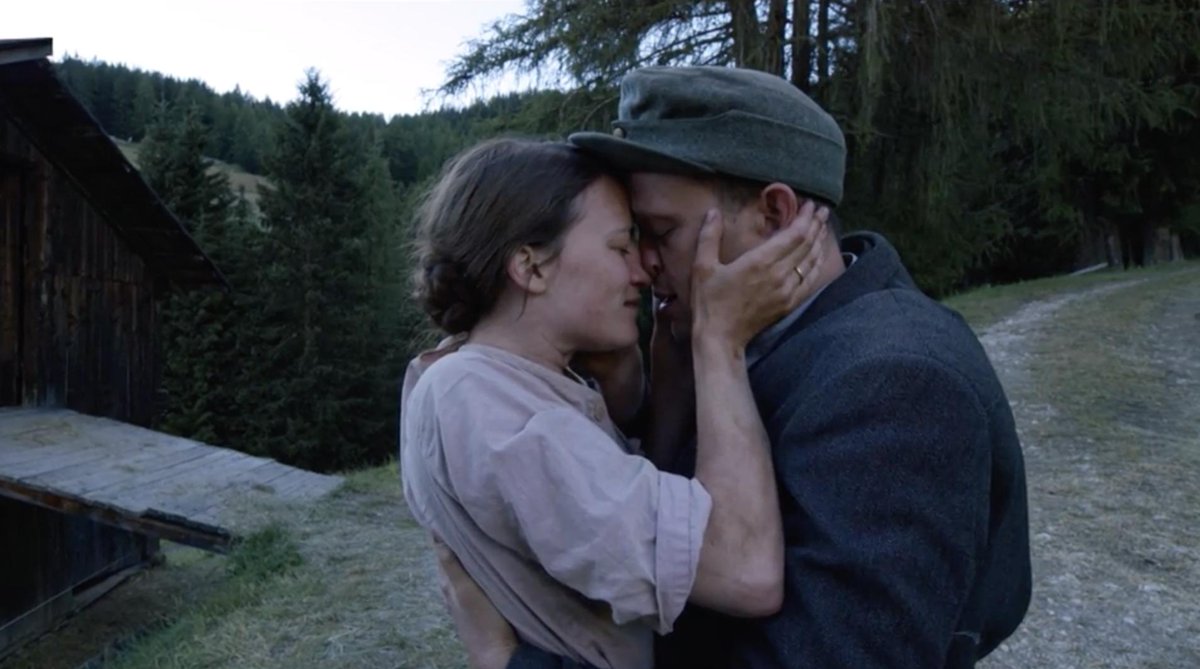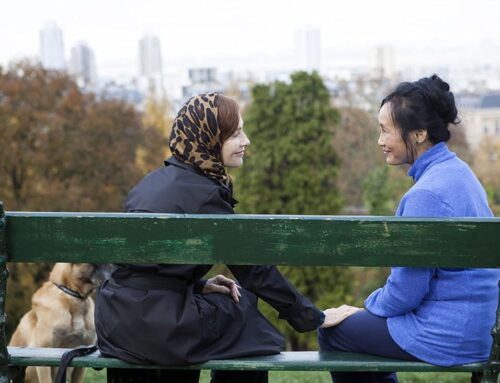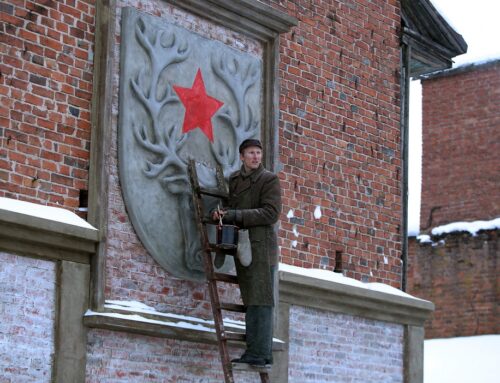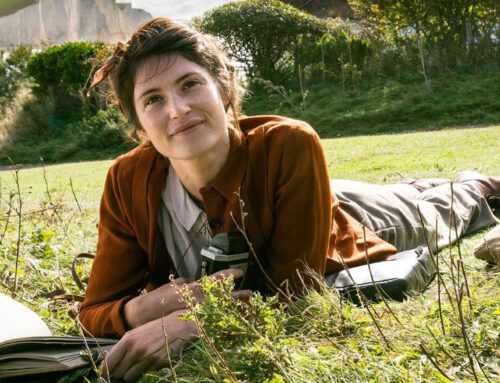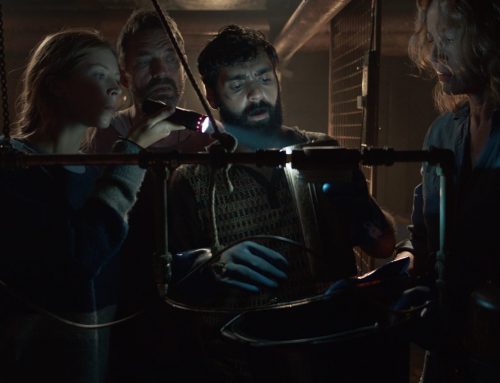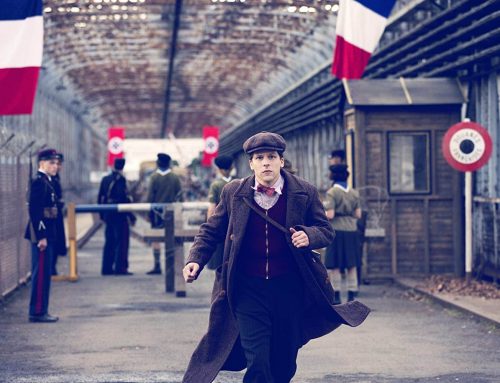There’s something really important (mostly) missing from A Hidden Life; peculiar for a film with so much.
Based on historical events, Franz Jagerstatter (August Diehl) lives an idyllic life in a small village within the Austrian mountains with his partner Fani (Valerie Pachner) and their children. A religious man, Franz finds himself conflicted with the prospect of his being conscripted by the Nazis and whether he should, or can conscientiously object.
The latest from Terrence Malick, it’s a return to form in so far as the imagery captured, primarily as regards the surrounding environments, signals some of the best of his career. For those frustrated with the Director’s trademark nonsequitous if gorgeous nature-ridden/thematically-resplendent interludes, such asides bear much more practical weight and dramatic resonance given the overarching settings.
Vistas of waterfalls, the upkeeps of various fields, mountains and indeed the recreation of 20th century homesteads are among Malick’s best achievements here, though the Director shrewdly saved his best piece of captured film for near end. It being a forward-tracking shot of a motorcyclist making their way through barely-touched scenery as the light slowly disappears, the thematic beat will be evident though not nearly so impacting as the sheer quality of that salvaged.
A sequence within a set of looming, aged trees marks a close second, followed by a number of dim encounters with Malick’s well-chosen, very talented leads. Matthias Schoenaerts, Bruno Ganz and Michael Nyqvist all make welcome appearances; A Hidden Life being the final narrative feature for both Ganz and Nyqvist.
The shadows evinced in these moments working wonders, the biggest shadow hanging over this film is Martin Scorsese’s Silence; a monumental achievement of filmmaking where a deeply devout man’s commitment to non-violence is likewise pitted against a world of extreme violence.
One of the many elements which made Silence abound was that Andrew Garfield’s figure, confronted with changes of circumstances and crises philosophically and practically challenging contradictory tenets of his faith, was numerously forced to adapt and source the most observant, moral path forward. Franz’ internal character conflict conversely takes place primarily within the first act, but one hour of a three hour film which given this trajectory, the quality of the cinematography notwithstanding, could have stood to be a good deal shorter.
This hour proving the most compulsive as the conflict is wrought on his face and interactions rather than unnecessary or overstuffed dialogue, once this act transpires the drama remains largely static and if emotive not nearly so involving. Compare this to Silence which found a myriad of ways to question, notably among else in a scene where our lead is confronted with the torture of others, whether complicity in acts of violence to apparently lesser degrees is a reasonable response in the face of overwhelmingly and more devastating acts.
A Hidden Life too poses this, quite explicitly at one juncture, though in an uncommonly straightforward narrative that unlike Silence and absent like challenges directed at us and our lead has but one evident semblance of cause to effect; this crux of any story more accurately realised herein as motivated decision-making and resultant action. In so the film effectively neither seeks to upend Franz’ nor our presented moral perspective with ideations that necessarily nor near wholly enough question the righteousness of his moral direction. Resulting in an ultimately affirming film and viscerally so that consequentially largely lacks the scope of conflict essential to narrative drama, as relevant and moving as this story remains from a dramatic perspective there isn’t nearly so much in the retelling meriting 174 minutes.
A Hidden Life is in cinemas from January 30
on FalkenScreen


